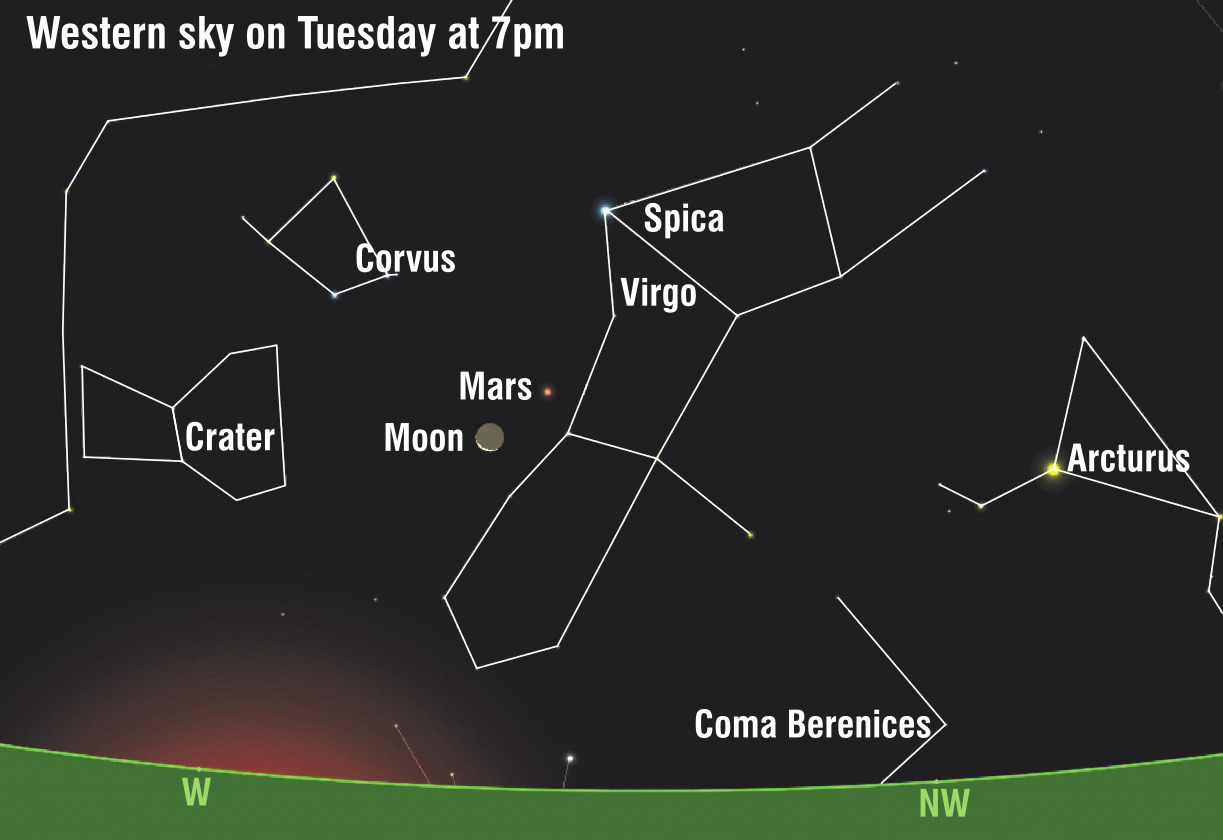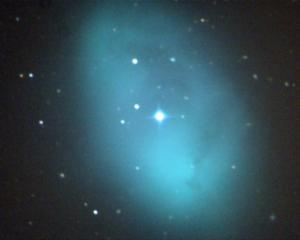
Low above the horizon, the waxing crescent moon will be keeping company with Mars. They’re meeting in Virgo, a constellation whose story is as old as the myths we use to explain the seasons.

To the Babylonians, she was linked with fertility and harvest. The Greeks saw in her the goddess Demeter, mourning her daughter Persephone and giving us the tale that explained summer and winter.
Across cultures, Virgo has long been associated with the cycle of growth and loss, serving as a reminder that our lives, too, have seasons.
If you look carefully at the moon, you may notice something odd. While only a slender slice of its sunlit crescent shines, the dark part of the disk glows with a ghostly light.
This is earthshine - sunlight reflected off our planet and back on to the moon. Leonardo da Vinci was one of the first to explain it, half a millennium ago, and so the pale glow is sometimes called "Da Vinci’s ghost". It’s a beautiful reminder that we live on a bright world, reflecting sunlight into the night.
Nearby, Mars will appear as a faint ember, reddish and steady. Just months ago the Red Planet was at its closest for this year. Now, as Earth races ahead in its orbit, the distance between them grows, and Mars fades a little more each evening.
Still, there’s something poignant about its presence - this dusty world, neighbour to our own, shining quietly as if reluctant to let go.
So if the weather is kind on Tuesday, pause at seven, face west, and watch. The moon, Mars and Spica will be waiting. Three bright points in the darkening sky, whispering old stories, keeping us company at the close of day.










